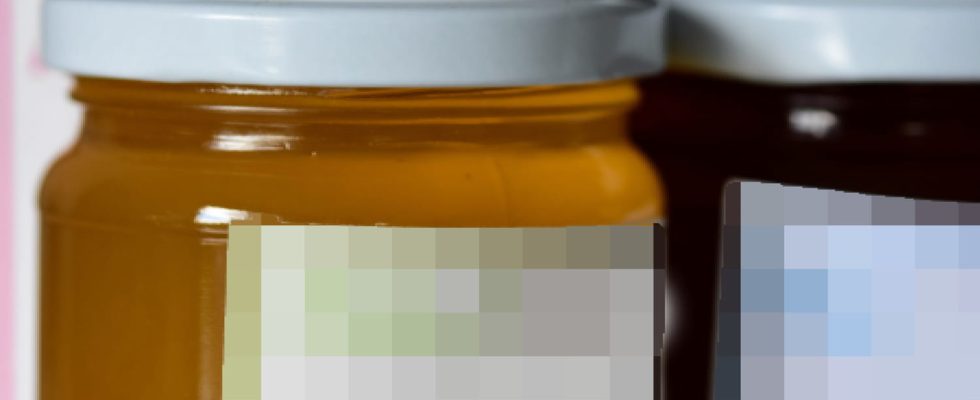A brand of honey was condemned by the fraud repression for having brought 140,000 kg of honey from Spain, Romania or China and having sold it as French honey for almost three years…
More and more food products use the “Made in France” or “Made in France” label, displaying the tricolor cockade on their packaging. But beware of fraud and deception! The customs services and the DGCCRF, which protect consumers against scams and verify the origin of products, detect deceptive commercial practices every year. And sometimes massive.
A case has just illustrated one of these practices, as recalled by the DGCCRF a few days ago regarding a court decision dating back to the summer. A company, as well as its manager, were sentenced by the Perpignan judicial court on July 5, 2023 to a fine of 50,000 euros and six months suspended prison sentence. The charges? Deceptive commercial practice and deception about the origin of honey.
The company has in fact sold no less than 140,000 kg of Spanish, Romanian and Chinese honey such as “Miel du Roussillon” and this for almost three years, between 2015 and 2018. And the scam would have continued if a customer of Haute-Loire had not decided to submit the honey it had purchased to pollen analysis in a private laboratory. The results showed that this honey was not of French origin, a conclusion later confirmed by the laboratories of the Ministry of the Economy.
This first discovery ended up lifting the veil on large-scale fraud. The packages of honey were received in France then sent back in the name of “Miel du Roussillon” to resellers throughout France. Investigators notably discovered a site, in Aude, where more than 2 tonnes of honey packaged in barrels were stored. On these barrels, labels indicating a Spanish origin were affixed, while other labels proudly mentioned “Miel du Roussillon” and “Origine France,” with the necessary materials for their gluing nearby.
Questionable honey everywhere, how to check?
It is well known that honey does not expire. Given the quantities of honey sold, be wary if a jar displaying “Miel du Roussillon” which is a little old is still in your cupboards. More generally, when you buy honey, there are indicators that should alert you: an origin displayed without mention of the name and address of the beekeeper should alert you. The “Potted” formula should also be looked at closely. If it is followed by a region (“Potted in the Pyrenees” for example), this may imply that the honey was not produced there. Prefer the mention “Potted by the beekeeper”, once again associated with his contact details.
Displaying the origin of the honey is mandatory. If it is a mixture, it is possible to see “Mixture of honeys originating in the EU”, “Mixture of honeys not originating in the EU”, or “Mixture of honeys originating and not originating in the EU”. But once again be wary: the European origin of the honey is not a guarantee. Spain, for example, is known for having imported tens of tons of honey from China in recent years, a large part of which was then mixed and reshipped to Europe, notably to France, as indicated by FranceAgriMer in several reports.
Therefore, prefer honeys bearing the Protected Geographical Indication (PGI) label or a recognized label (Rouge miel de Provence label, AOP sapin des Vosges etc.). Also favor pure honeys (thyme, lavender, acacia, chestnut, etc.) over mixtures which actually make traceability more difficult. Finally, remember to compare the floral designation with the geographical area mentioned and remember that lavender grows more easily in Provence than in Brittany.
France only produces a quarter of the honey it consumes, in particular because of limited production capacities and the high price of local honey. Which opens the door wide to imports. All without counting the “beekeepers-conditioners”, beekeepers who produce little but mix a lot of their honey with that which they buy abroad… However, in certain countries like China, producers are suspected of using glucose to feed their bees or even “cut” the honey directly with sugar syrup. Mixtures that are ever more elaborate and more difficult to detect by experts.
